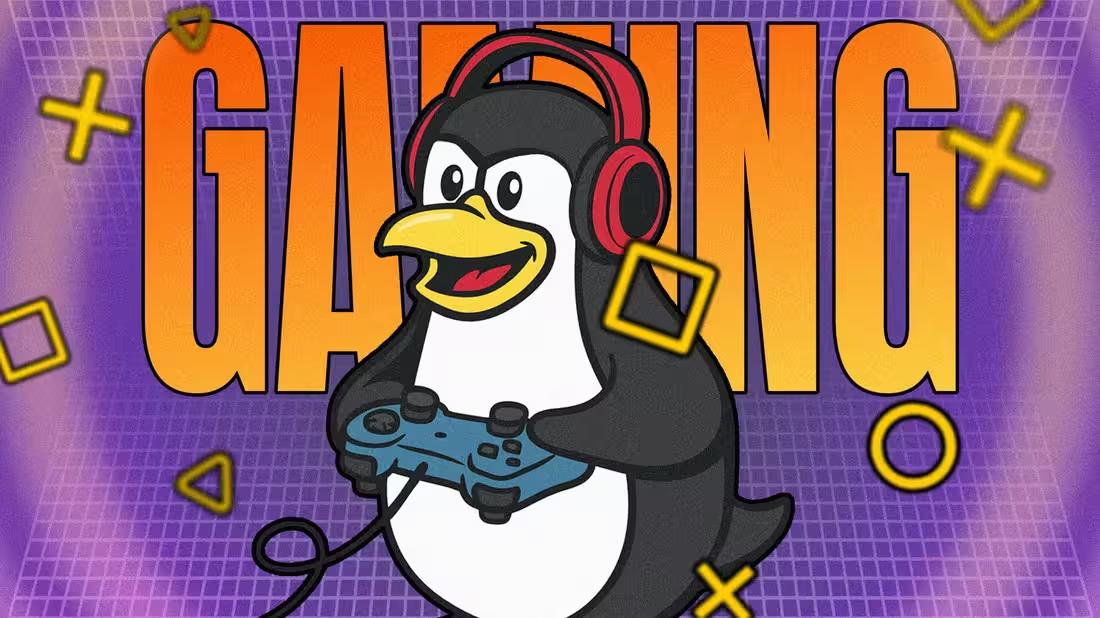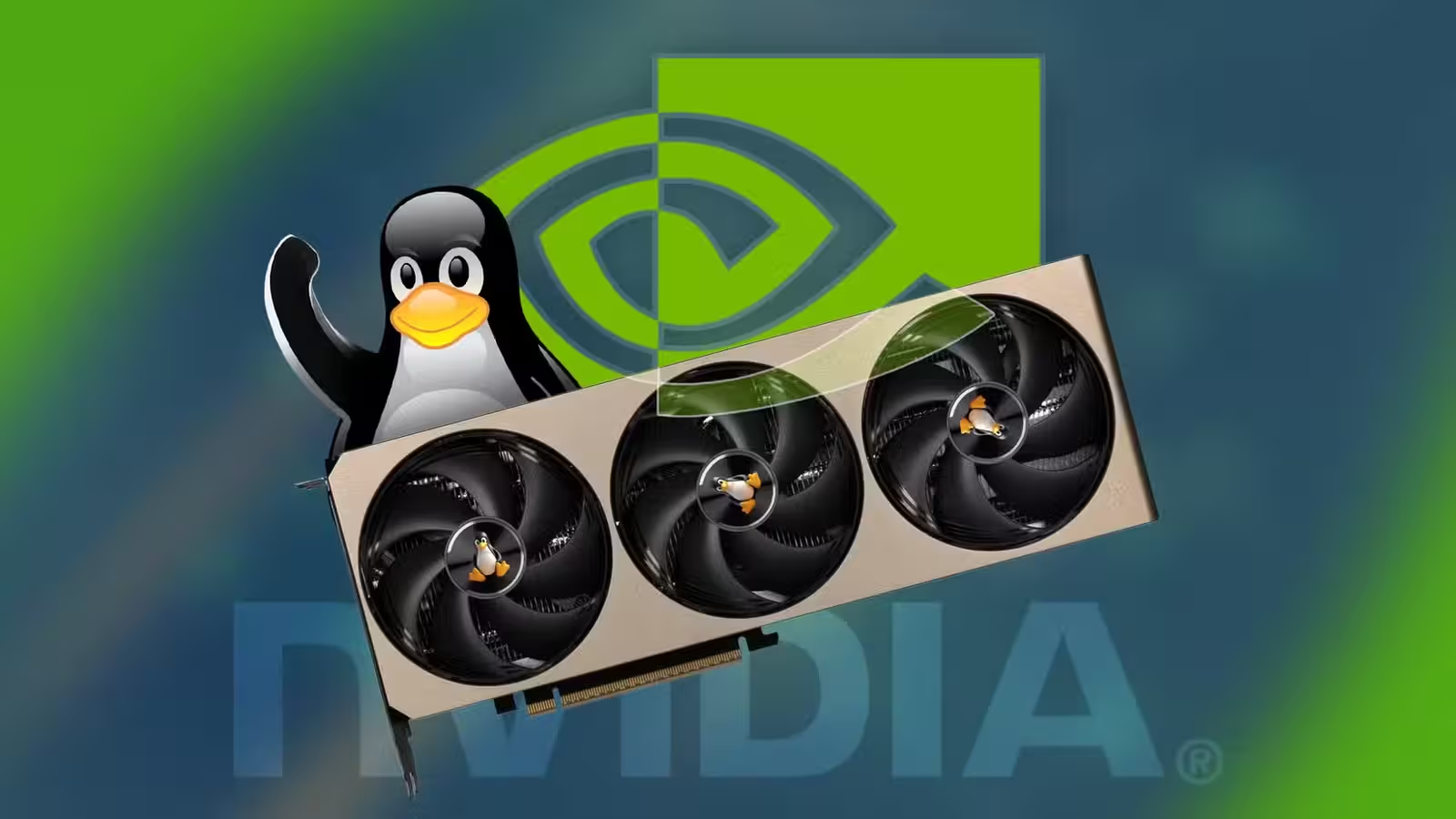7 Minutes
Introduction: The Rise of Linux as a Gaming Platform
For decades, PC gaming has been synonymous with Windows. But a combination of technical improvements, compatibility layers, and shifting market dynamics means Linux is no longer a fringe option for gamers. From better resource efficiency to widespread Proton support and growing native game releases, Linux gaming is poised for a major leap in 2026. This article examines performance, compatibility, hardware support, anti-cheat challenges, and practical use cases for gamers and system builders considering Linux as their primary OS.
Linux Performance: Lightweight, Tunable, and Competitive
Historically, the idea that a Linux distribution could outperform Windows at gaming would have sounded unlikely. Today, real-world testing often shows Linux matching or exceeding Windows performance, especially on certain titles and workloads. Two factors drive this shift.

1. Lower System Overhead
Modern Windows installs come loaded with background services and telemetry components that can add overhead to CPU, memory, and I/O. Linux distributions, by contrast, are modular and can be configured to be extremely lean. For gamers, that means more predictable frame rates and reduced latency on the same hardware. Lightweight desktop environments and custom kernels make it easy to prioritize gaming performance, and older machines can frequently be revitalized by replacing Windows with a tailored Linux distro.
2. Improved Driver and Graphics Stack
Driver support and the graphics stack on Linux have improved substantially. Open-source drivers and vendor-supplied Linux drivers (NVIDIA, AMD) continue to mature, and kernel and Mesa updates deliver better GPU utilization and stability. Combined with compatibility layers, this has removed many historical performance barriers.
Proton and Compatibility Layers: The Game Changer
Proton, Valve’s compatibility layer built on Wine, has been transformative. It allows many Windows-native Steam titles to run on Linux with few adjustments, often with impressive stability and performance. Proton’s success is integral to the Steam Deck’s popularity and has accelerated developer attention to Linux.
How Proton Simplifies Gaming
Proton works seamlessly through Steam, and in many cases you can run a Windows game on Linux by simply adding it to your Steam library. Steam also increasingly publishes Linux compatibility notes on game pages, helping gamers anticipate potential issues before installation. This transparency reduces friction and expands the range of playable titles on Linux.
Native Linux Games and the Snowball Effect
Beyond compatibility layers, more developers are shipping native Linux builds. Native games avoid the edge cases associated with emulation, providing smoother multiplayer support, fewer input and audio quirks, and generally better platform integration. As more gamers choose Linux, developers gain commercial incentives to publish native ports—creating a virtuous cycle that increases Linux’s appeal as a primary gaming OS.

Hardware Compatibility: Mostly Plug-and-Play
Gone are the days when Linux gamers routinely needed to wrestle with drivers and kernel modules. Today, mainstream GPUs, sound cards, and peripherals typically work out of the box with popular distributions. In practical testing, modern GPUs like the RTX 40-series and common consumer sound cards function with minimal setup on Ubuntu-based distributions. Most vendor drivers are now tested and maintained for Linux, and community support for troubleshooting is extensive.
Anti-Cheat: The Remaining Hurdle
Anti-cheat systems are the biggest remaining barrier to universal gaming support on Linux. Many competitive titles either don't support Linux officially or avoid enabling Linux builds due to anti-cheat integration concerns. Anti-cheat solutions that operate at kernel level present a challenge because Linux’s open architecture makes maintaining strict kernel access controls more complex than on Windows.
Changing Windows Kernel Policy and the Opportunity for Linux
Microsoft is tightening how third-party software interacts with the Windows kernel, a change that will affect antivirus and potentially anti-cheat solutions. This transitional period could be an opportunity for the gaming industry to re-evaluate cross-platform anti-cheat strategies and improve Linux compatibility. While kernel-level anti-cheat can improve detection, it is not a panacea—high-profile titles continue to face cheating issues even with deep driver-level protections.
Product Features and Comparisons: Linux vs Windows for Gamers
Key feature comparisons underscore why gamers are considering Linux:
- Performance: Linux can yield lower background overhead and competitive FPS on many titles.
- Customization: Distros can be customized to prioritize gaming, streaming, or low-power operation.
- Compatibility: Proton and native ports have vastly expanded the playable catalog on Linux.
- Security and Privacy: Linux distributions often offer better transparency and fewer telemetry concerns than Windows.
- Driver Support: Vendor drivers and open-source stacks continue to mature, reducing the hardware compatibility gap.
Use Cases: Who Should Consider Linux for Gaming?
Linux is an increasingly attractive choice for several user groups:
- Owners of older PCs who want to extend hardware life with a responsive OS.
- Steam Deck and handheld PC users who value portability and battery-optimized builds.
- Developers and content creators who prefer Linux-based toolchains and want gaming capability on the same system.
- Privacy-conscious gamers and tinkerers who value control and customization of the operating system.
Market Relevance: Trends and Adoption
Adoption of Linux among gamers remains small in absolute terms but is growing rapidly. Steam Hardware Survey data shows a significant relative increase in Linux usage between 2021 and 2025, signaling rising interest. With Windows 10’s end of support in late 2025 and ongoing debate around Windows 11 upgrades, 2026 represents a crucial year—gamers may either upgrade to Windows 11 or embrace Linux as a capable and economical alternative.
Advantages, Limitations, and the Road Ahead
Advantages of gaming on Linux include resource efficiency, growing game compatibility, and strong community and vendor backing. Limitations still exist—particularly around anti-cheat and a handful of high-profile competitive titles—but the gap is narrower than it’s ever been. For many users, the real-world experience is now close to plug-and-play, with performance that can match or surpass Windows depending on the game and configuration.
Conclusion: Is 2026 the Year of the Linux Gamer?
2026 could indeed be a tipping point for Linux gaming. Advances in Proton, increased native support, improved driver stacks, and a shifting Windows landscape create a confluence of factors favoring Linux adoption. While anti-cheat and some competitive game support remain obstacles, the momentum is unmistakable. Gamers with older or mid-range hardware, privacy-focused users, and early adopters stand to benefit most from making the switch. For those on the fence, experimenting with a dual-boot or a dedicated Linux test machine is now easier and less risky than ever.
Source: howtogeek


Leave a Comment